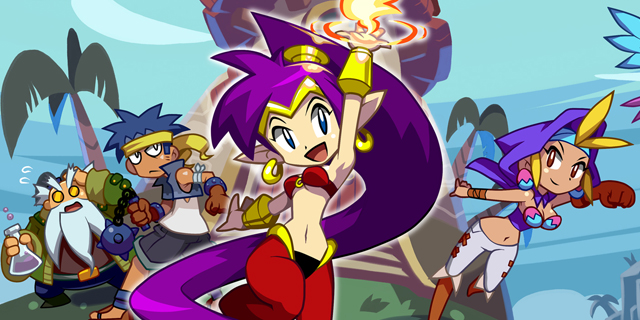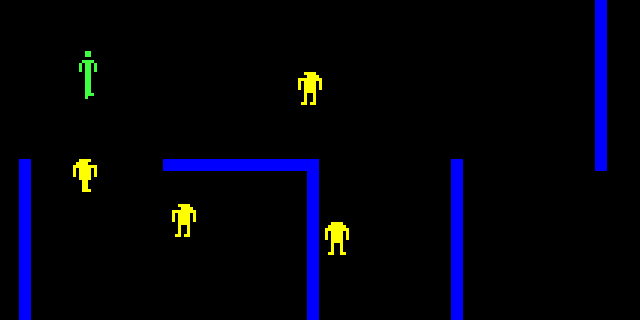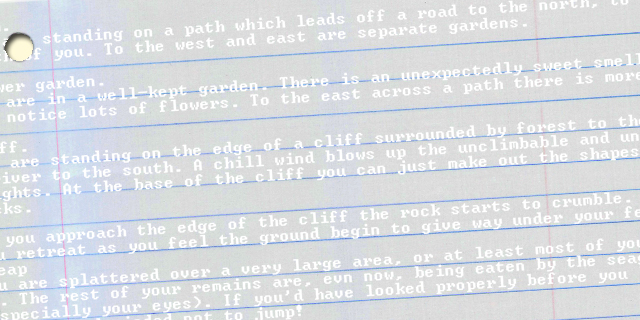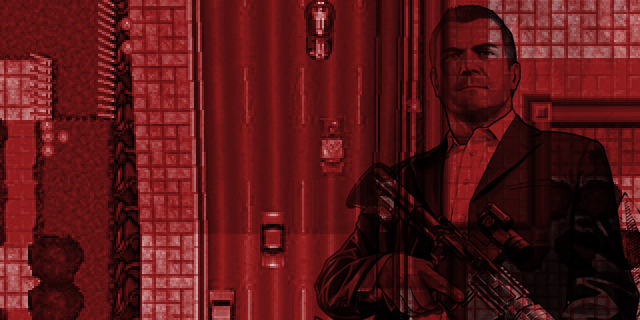
WayForward’s Shantae: Half-Genie Hero Kickstarter campaign comes to a close this week, having already reached its needed total and heading toward stretch goals. We talked to Matt Bozon, series creator and WayForward’s creative director, about the origins of the franchise and where it’s going today.
Snackbar Games: What was the original inspiration behind Shantae? What was the impetus behind the use of Metroidvania mechanics?
Matt Bozon: My wife Erin designed the character – a hair-whipping belly dancing genie – and I created the world around her. At the time (1994), Super Metroid had just appeared on the scene, and the Castlevania series had only Simon’s Quest in terms of an exploration-style approach. So even though many of the mechanics (hair-whipping, sub-items, day and night) were inspired by Castlevania, the feel of the world and the quest were more like Metroid or Zelda: A Link to the Past. This has become more formulaic as of late, but back then there were very few examples of how to make a game like this. We looked at Goonies 2, Rygar and even Gargoyle’s Quest as examples. READ MORE

We’re living in the fastest time in human history. Our population is growing exponentially faster than ever before. Computers are making greater advances in weeks than they previously did in decades. Every site is racing to bring you information faster, and nobody is satisfied with a less than a lightning-quick Internet connection.
We need our modern consoles to be able to process graphics and audio at levels unheard of in years past. Lag has to be nonexistent, the frame rate can never drop below 30 frames per second, and loading screens must be kept short in order for us to fully enjoy what today’s entertainment can bring us.
But what does speed mean in games? READ MORE

I don’t see games as a relaxation tool. They are simply too involved, they require too much thinking or too many fast reflexes for me to see them that way. Many seem to enjoy the opportunity to think about something else, to ignore their routines for a while; for me, games are energy drains, and I kind of like them that way. READ MORE

Genre 101 is a series that looks at the past and present of a game genre to find lessons about what defines it. This week, Jeff untangles the complicated web of the MMO.
Dungeon-raiding with friends
 Jeff deSolla: MMOs have their roots in multi-user dungeons, as an attempt to do a tabletop RPG like Dungeons and Dragons over the Internet. This had varying degrees of success, and they picked up a cult following which remains even now, though the vast majority shut down in the late ’90s as bigger and more expansive games took their place. Despite this, almost every aspect of the modern MMO was likely present in a MUD at some point, from crafting to PvP. READ MORE
Jeff deSolla: MMOs have their roots in multi-user dungeons, as an attempt to do a tabletop RPG like Dungeons and Dragons over the Internet. This had varying degrees of success, and they picked up a cult following which remains even now, though the vast majority shut down in the late ’90s as bigger and more expansive games took their place. Despite this, almost every aspect of the modern MMO was likely present in a MUD at some point, from crafting to PvP. READ MORE

In From Pixels to Polygons, we examine classic game franchises that have survived the long transition from the 8- or 16-bit era to the current console generation.
From its cult following beginnings to its mainstream blockbuster success, the Grand Theft Auto series has always pushed boundaries. Today, we explore the evolution of the controversial series.
READ MORE







 Jeff deSolla: MMOs have their roots in multi-user dungeons, as an attempt to do a tabletop RPG like Dungeons and Dragons over the Internet. This had varying degrees of success, and they picked up a cult following which remains even now, though the vast majority shut down in the late ’90s as bigger and more expansive games took their place. Despite this, almost every aspect of the modern MMO was likely present in a MUD at some point, from crafting to PvP.
Jeff deSolla: MMOs have their roots in multi-user dungeons, as an attempt to do a tabletop RPG like Dungeons and Dragons over the Internet. This had varying degrees of success, and they picked up a cult following which remains even now, though the vast majority shut down in the late ’90s as bigger and more expansive games took their place. Despite this, almost every aspect of the modern MMO was likely present in a MUD at some point, from crafting to PvP. 
















